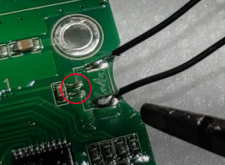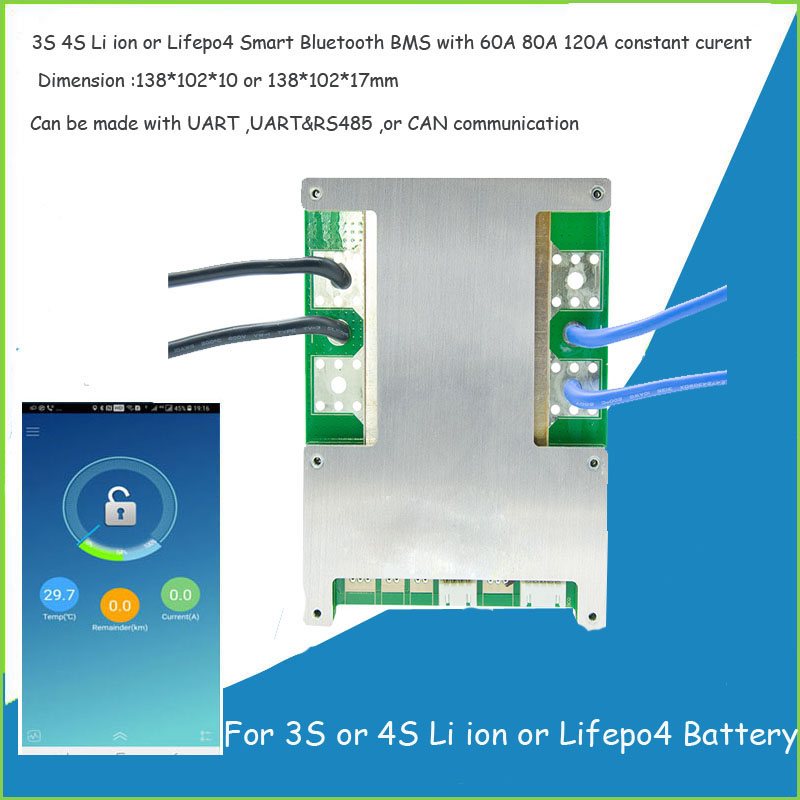SoundinSpirit
New Member
Huh... Didn't think of that! Lol... I'll go swap them and report back.My only thought is that the wires are backwards. I have no idea if they are polarity sensitive.
Edit: tried reversing the probe leads. Didn't work...
Last edited:







